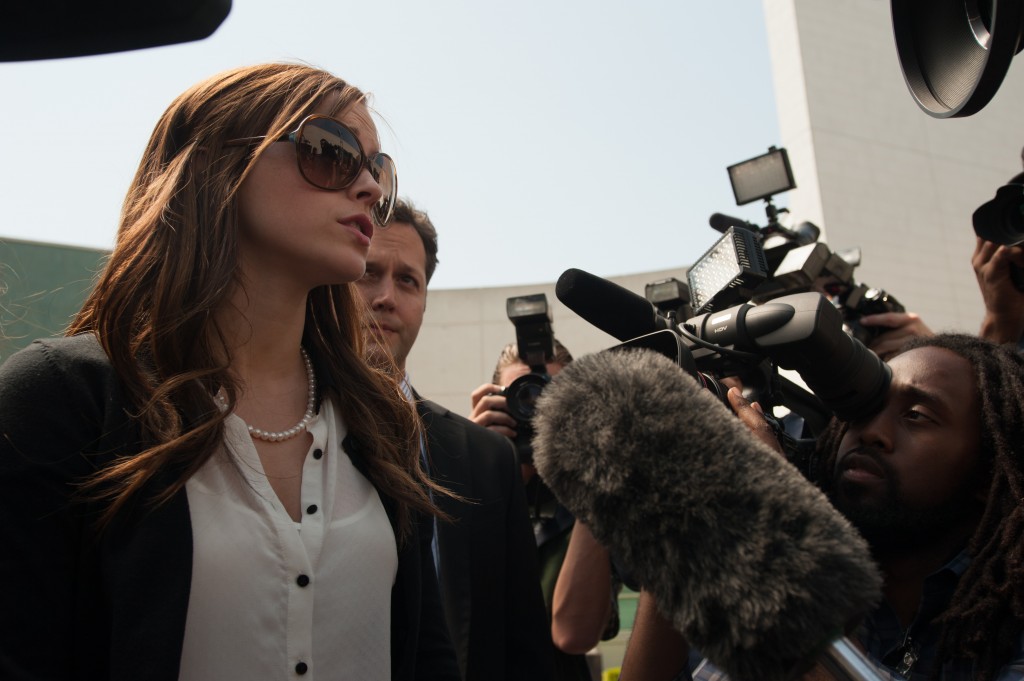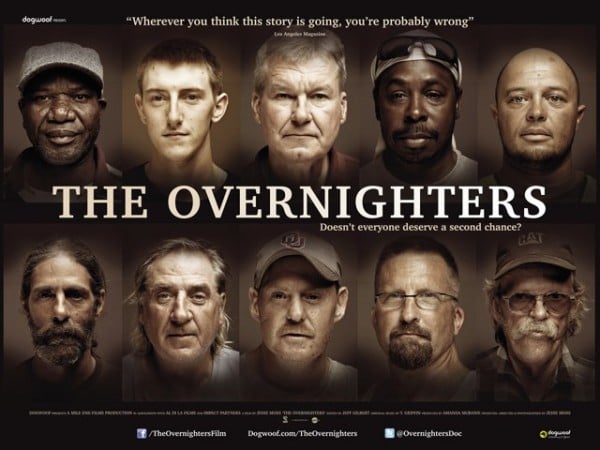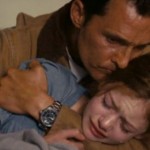On the outside everything looks like a normal, upscale California gated community. Once the sun goes down, all laws are suspended and members of respectable families do whatever they want with seemingly no conscience and no fear of reprisals.
No, this isn’t The Purge 2. It is the newest film from Sofia Coppola about a group of teenagers, mostly female, who rob the homes of celebrities because … well, because they are bored and because they can. Their technique consists of using Google to find celebrity addresses, using paparazzi reports to find out when they won’t be home, and looking for keys under a mat or an open window when they arrive.
Tonally, the film is rather deliberately flat. It doesn’t invite us (like, say, the first half of Pain & Gain) to revel in the crooked shenanigans, but neither does it cue shock and indignation. These kids–and emotionally, intellectually, and spiritually they are kids–are more amoral than immoral. This condition is, in part, because the world they occupy and mimic seems to them equally devoid of moral cues or reinforcement. That doesn’t excuse them, but try explaining to a teenager why its okay for one person to have a rack of dresses or a box of watches worth more than most Americans earn in a year and see if it sounds convincing enough to make the average teenager impervious to peer pressure or disciplined in denying themselves shortcuts to all the things they want.
Not that the film is a Michael Moore/Occupy Wall Street indictment of the rich. Even if some sliver of the audience might be open to an anti-oligarchy defense, these kids are hardly the 99%, nor are they ideologically motivated. It’s hard not to ponder the implications, however, when one member of the bling ring states that they have been able to rob the same celebrity house eight or nine times simply by virtue of the fact that the celebrity had so much stuff she did not appear to notice some of it was missing.
One of the most effective and interesting ways the film distances itself from the protagonists, signaling that it more interesting in anthropologically examining them than defending them, is by occasionally cutting from scenes of robberies in progress to remote (and often soundless) views of the same events. Sometimes this is done through the use of surveillance footage, but in one instance it is done through a long distance shot, Rear Window style, of a house lit up on the inside as we watch from a distance. The point is clear: the medium may not be the message in its entirety but the form in which visual information is transmitted to us–and the associations we have with that form–often have a greater emotional impact than the explanation that accompanies those images.
If Coppola had built around this motif to challenge us to consider how (or if) we are influenced in our judgments by the way information is presented to us, The Bling Ring might have been more engaging. As it stands, the film’s muted, neutral tone, neither empathetic nor judgmental towards the teens, means that a viewer wanting to draw any analytic conclusion about these events has to wade through a lake of ambivalence. The conspirators are rather transparent and shallow, so it is hard to build a complex film around them, and even at ninety minutes the film feels stretched and repetitive. Parents are either shockingly naive or wearily indifferent. While Laurie (Leslie Mann) insists on the occasional new-agey prayer or family bonding time, the girls openly mock her. Inquiries about late-night whereabouts are shrugged off by the juveniles with ridiculous claims about modeling leads and professional networking, Still, while it is easy enough to see the parents as buffoons, the film never suggests they are the root cause of the problem. What is the root cause then? Perhaps that’s the biggest problem with the film’s treatment of the teenage thieves. Anything and everything is a contributing factor, but by lobbing blame in all directions the film becomes too opaque for any of its hits to connect with much force.
There’s clearly some human interest embedded in the plot, but enough to sustain a feature film? What element of the story raises it above the familiar and banal to the meaningful? That most of the robbers were girls? Young? Themselves from gated communities? Good movies have been made from less potentially interesting material, and Coppola has a proven track record that deserves the benefit of the doubt when all other things are equal. That said, while there are no glaring failures in The Bling Ring, neither is there much in the way of commentary–direct or applied–to make it more necessary or revealing than the Vanity Fair article on which it is based.
Ken is the editor of 1More Film Blog and a frequent contributor to Christianity Today Movies & TV. He is guest posting on this blog.













